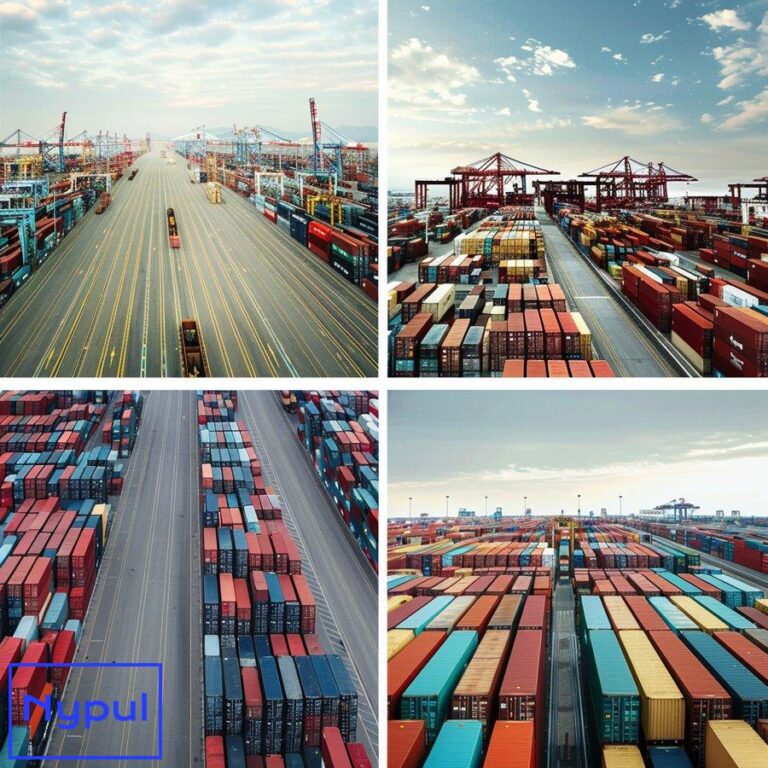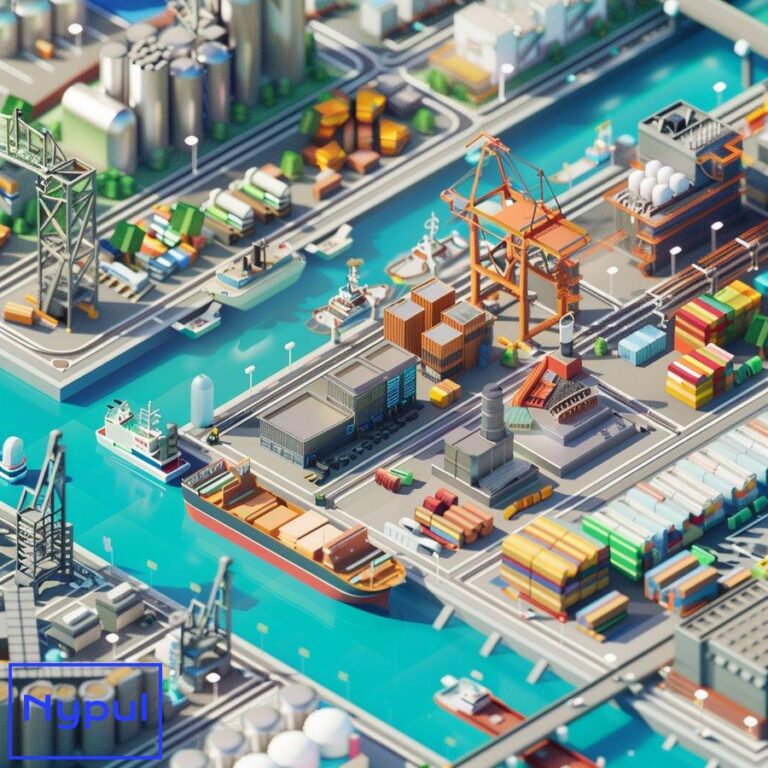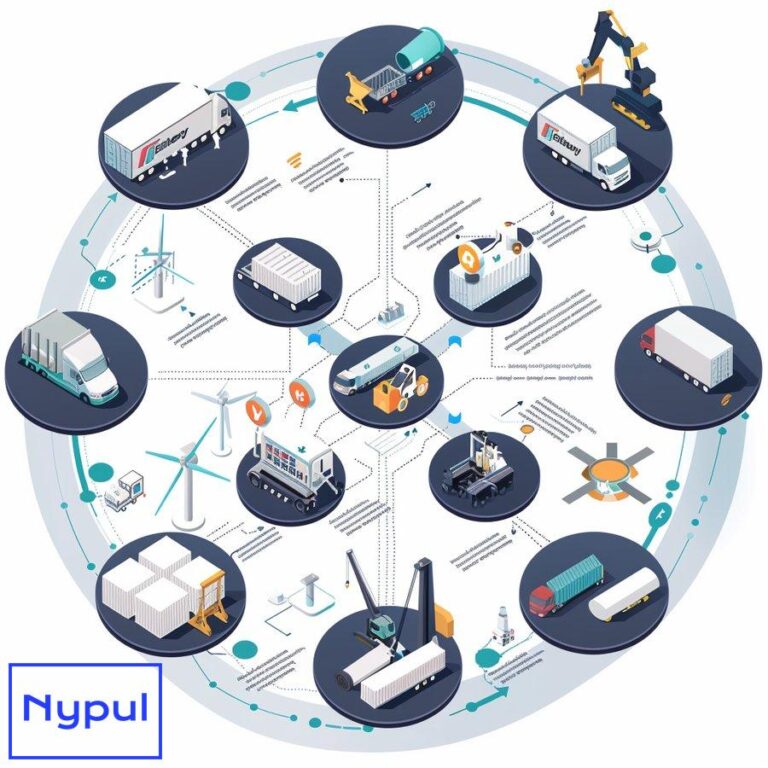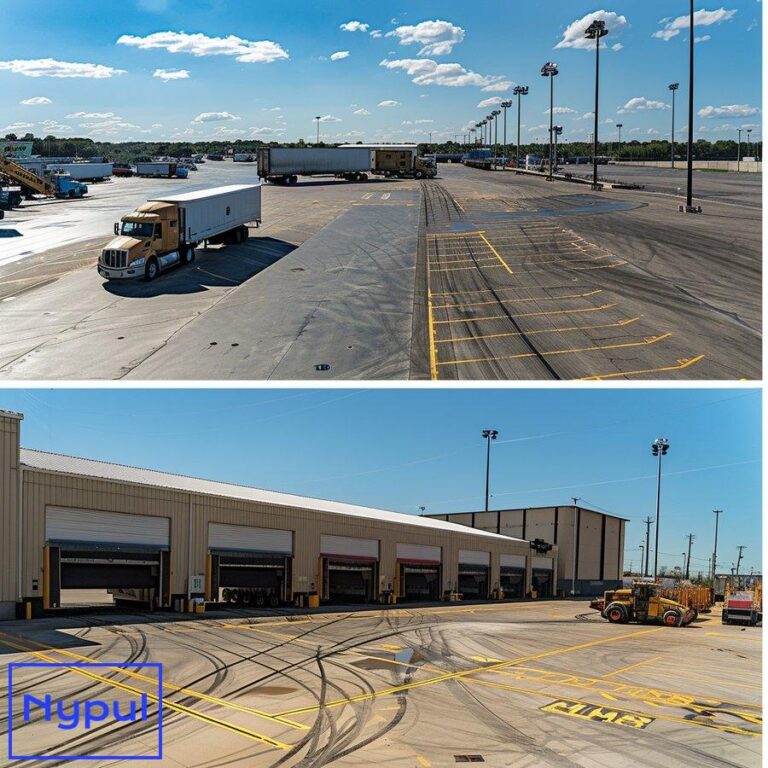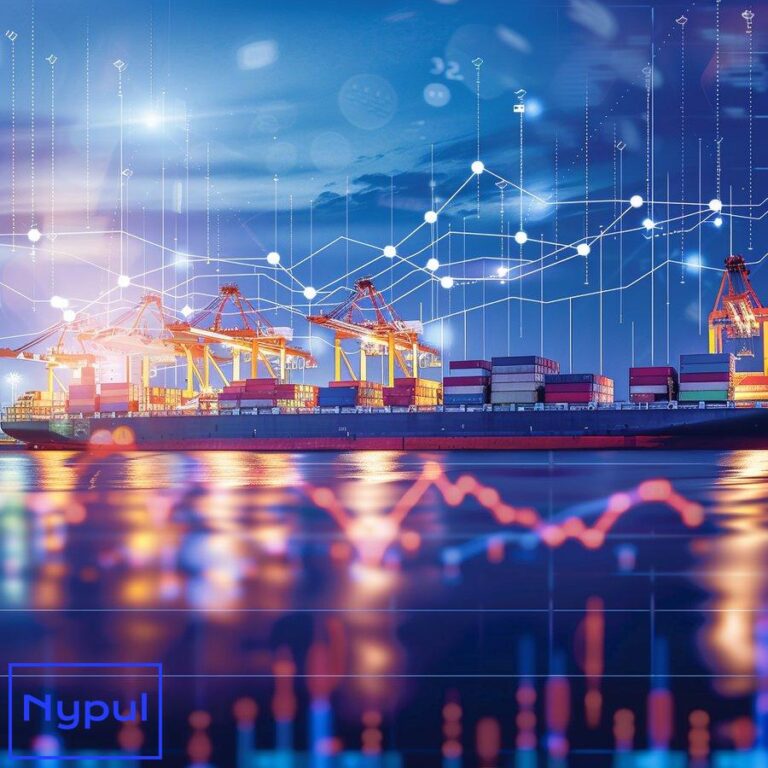What Is a Drop Fee in Drayage
A drop fee in drayage is a charge assessed by trucking companies when they drop off a loaded container at a destination and return later to pick up the empty container. This fee covers the additional time, fuel, and operational costs associated with making two separate trips to complete the delivery process. Drop fees are…

